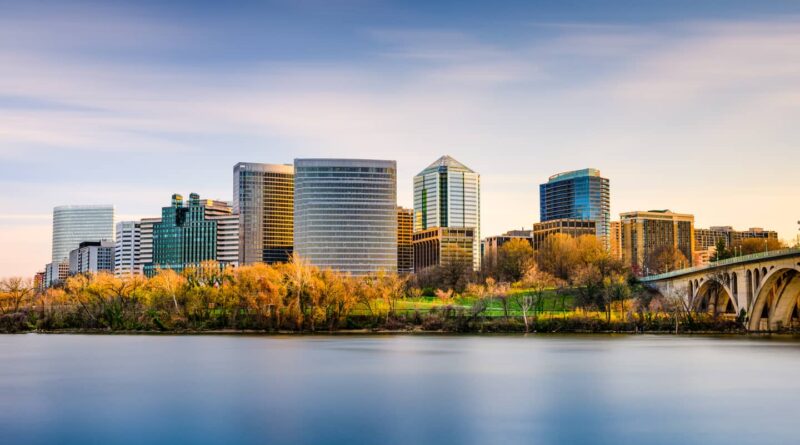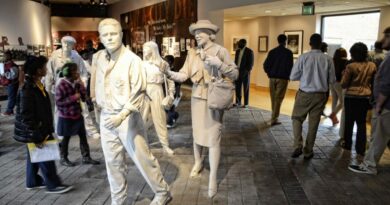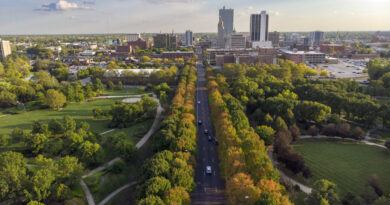History of Arlington Texas
Arlington, Texas, is a city with a rich and diverse history that dates back to its founding in the mid-19th century. Situated in Tarrant County, between Dallas and Fort Worth, Arlington has grown from a small agricultural community to a bustling urban center, known for its vibrant economy, cultural attractions, and role in the development of the Dallas-Fort Worth metroplex.
Early Settlement and Founding
The history of Arlington begins with the arrival of European settlers in the early 1840s. Prior to this, the area was inhabited by Native American tribes, including the Caddo, who lived in the region for thousands of years. The first European settlers were attracted to the area due to its fertile land, which was ideal for farming and ranching.
In 1841, General Edward H. Tarrant led a military expedition into North Texas, resulting in the defeat of several Native American tribes. This opened the region for settlement, and by the late 1840s, pioneers began to establish homesteads in what would later become Arlington. The rich soil and ample water supply from the nearby Trinity River made the area a prime location for agriculture.
The city of Arlington was officially founded in 1876 when the Texas and Pacific Railway chose the site for a stop on its transcontinental route. The town was named after Arlington House, the estate of Confederate General Robert E. Lee in Arlington, Virginia. The arrival of the railroad was a significant milestone in the city’s history, as it provided a vital link to larger markets and spurred economic growth.
Growth and Development in the Late 19th and Early 20th Centuries
The late 19th century saw Arlington develop into a thriving agricultural community. The city became known for its cotton, corn, and wheat production, as well as its livestock industry. By the early 20th century, Arlington’s population had grown steadily, and the city began to diversify its economy.
In 1902, the discovery of mineral wells in the area led to the development of the Arlington Mineral Well, a popular health resort that attracted visitors from across the state. The mineral water was believed to have healing properties, and the resort industry became a significant part of the local economy for several decades.
Arlington also became a center for education during this period. In 1895, Carlisle Military Academy was established, followed by Arlington College in 1899. These institutions laid the foundation for what would later become the University of Texas at Arlington (UTA), a major research university that plays a crucial role in the city’s economy and cultural life.
The Post-War Boom and the Rise of Industry
The period following World War II was a time of rapid growth and transformation for Arlington. The city’s population exploded as returning veterans and their families sought affordable housing and employment opportunities. Arlington’s location between Dallas and Fort Worth made it an ideal suburban community, and the city’s population grew from just over 4,000 in 1950 to more than 90,000 by 1970.
This population boom was accompanied by significant industrial development. In 1951, General Motors opened an assembly plant in Arlington, which became one of the city’s largest employers. The plant’s presence attracted other industries to the area, further boosting the local economy. Arlington also became known for its aviation industry, with the establishment of the Arlington Municipal Airport in 1949 and the opening of Vought Aircraft Industries’ plant in the 1950s.
The post-war era also saw the development of Arlington’s entertainment and sports industries. In 1965, Six Flags Over Texas, the first theme park in the Six Flags chain, opened in Arlington, becoming a major tourist attraction. The city also became a hub for professional sports with the relocation of the Texas Rangers baseball team to Arlington in 1972. The construction of the Rangers’ home stadium, Arlington Stadium, marked the beginning of Arlington’s identity as a sports destination.
Modern Arlington: A City of Growth and Innovation
In the latter part of the 20th century and into the 21st century, Arlington continued to grow and evolve. The city became increasingly diverse, with a population that reflected a wide range of cultural backgrounds. The University of Texas at Arlington expanded significantly during this period, becoming one of the largest universities in the state and a major research institution.
Arlington’s commitment to economic development and innovation has also been evident in recent years. The city has attracted a variety of businesses, from technology firms to healthcare providers, contributing to a robust and diversified economy. Arlington has also become known for its commitment to sustainability and green initiatives, with efforts to improve public transportation, reduce energy consumption, and promote environmental stewardship.
The city’s sports and entertainment industries have also continued to thrive. In 2009, the Dallas Cowboys football team moved to Arlington with the opening of AT&T Stadium, one of the largest and most technologically advanced stadiums in the world. The stadium has hosted numerous high-profile events, including the Super Bowl, concerts, and college football championships, further solidifying Arlington’s reputation as a premier destination for sports and entertainment.
Today, Arlington is a dynamic and diverse city with a population of nearly 400,000 residents. The city continues to balance its rich historical heritage with a forward-looking approach to growth and development. Arlington’s strategic location, strong economy, and vibrant cultural scene make it a key player in the Dallas-Fort Worth metroplex and a city with a bright future.
Discover more from City Towner
Subscribe to get the latest posts sent to your email.




